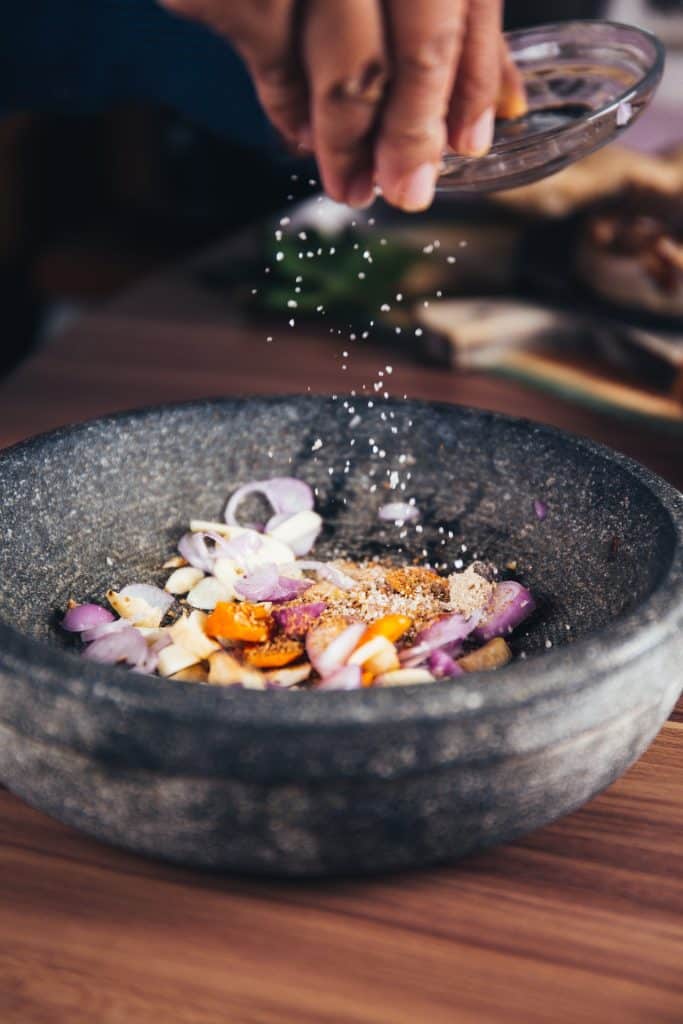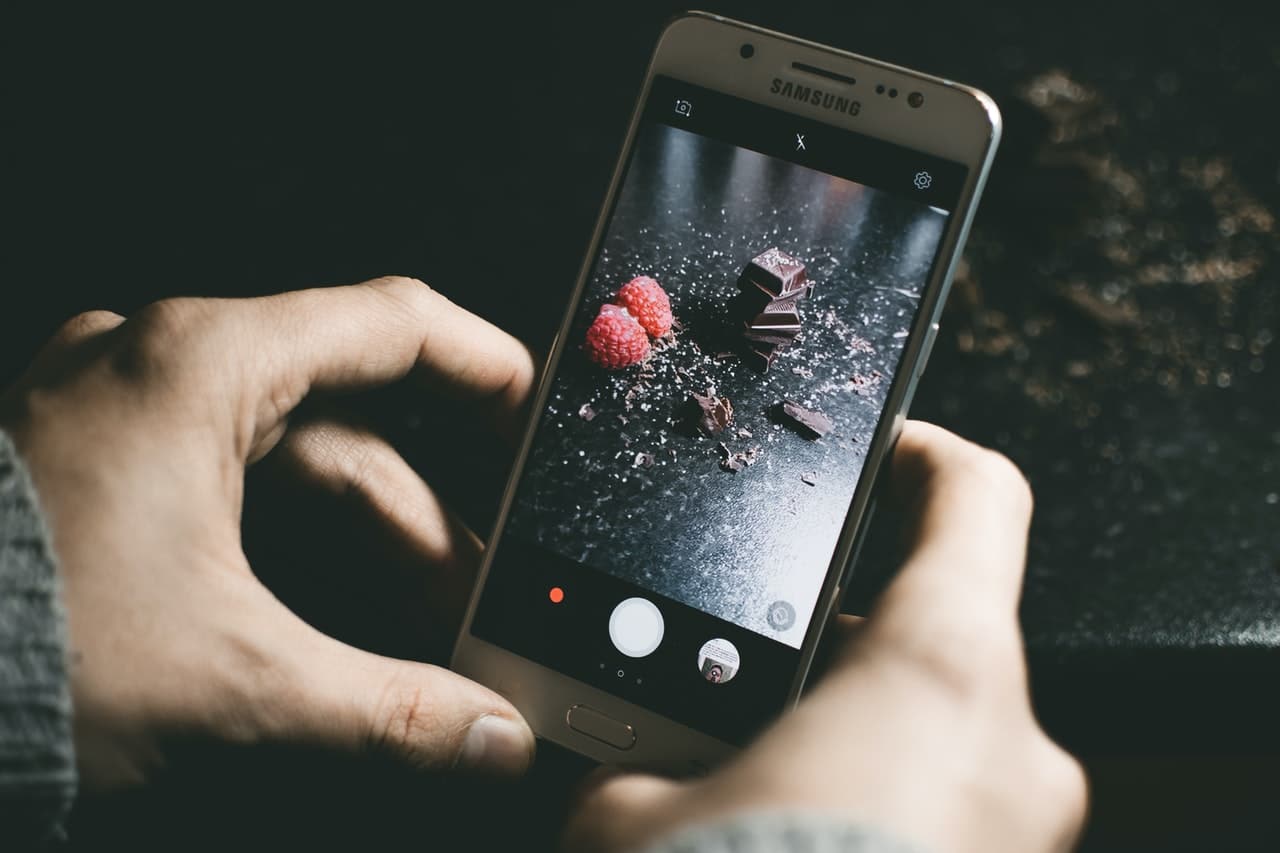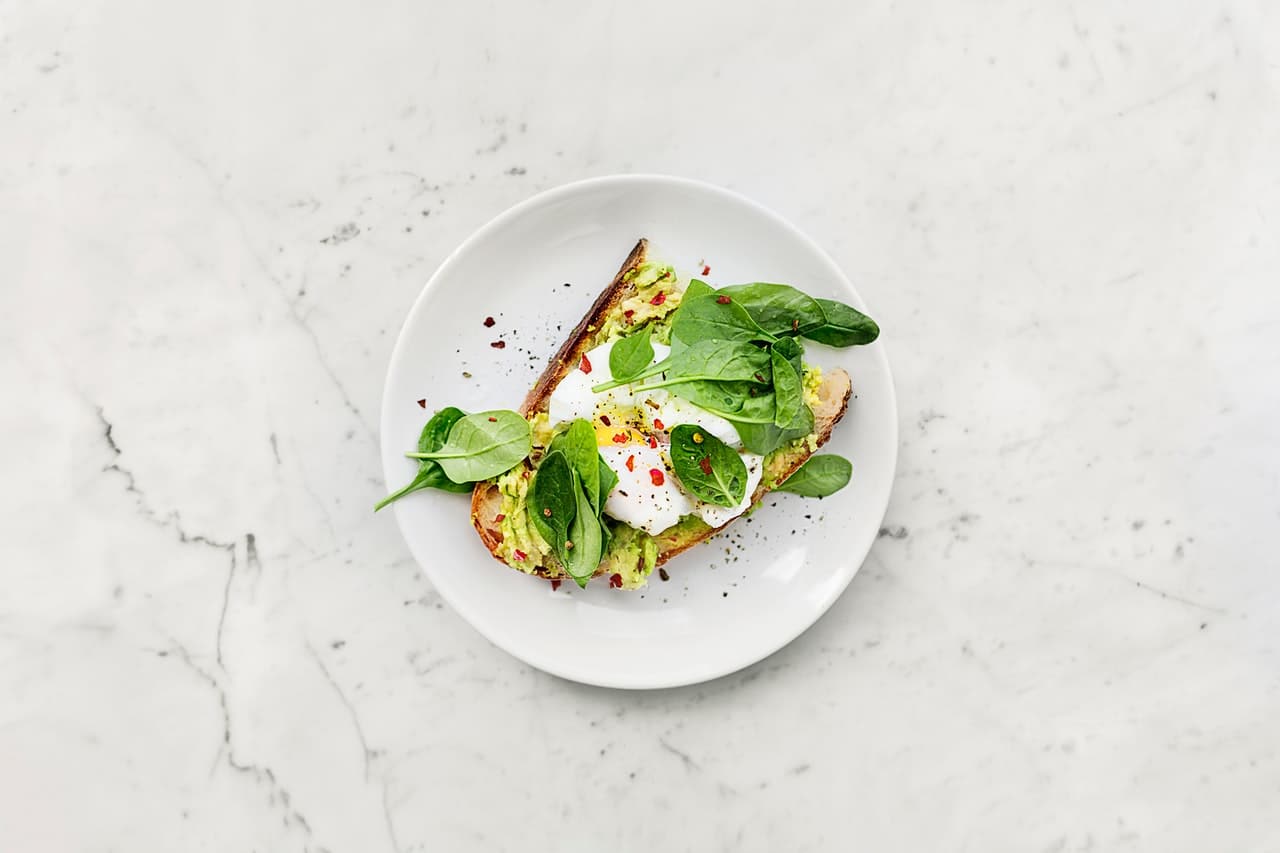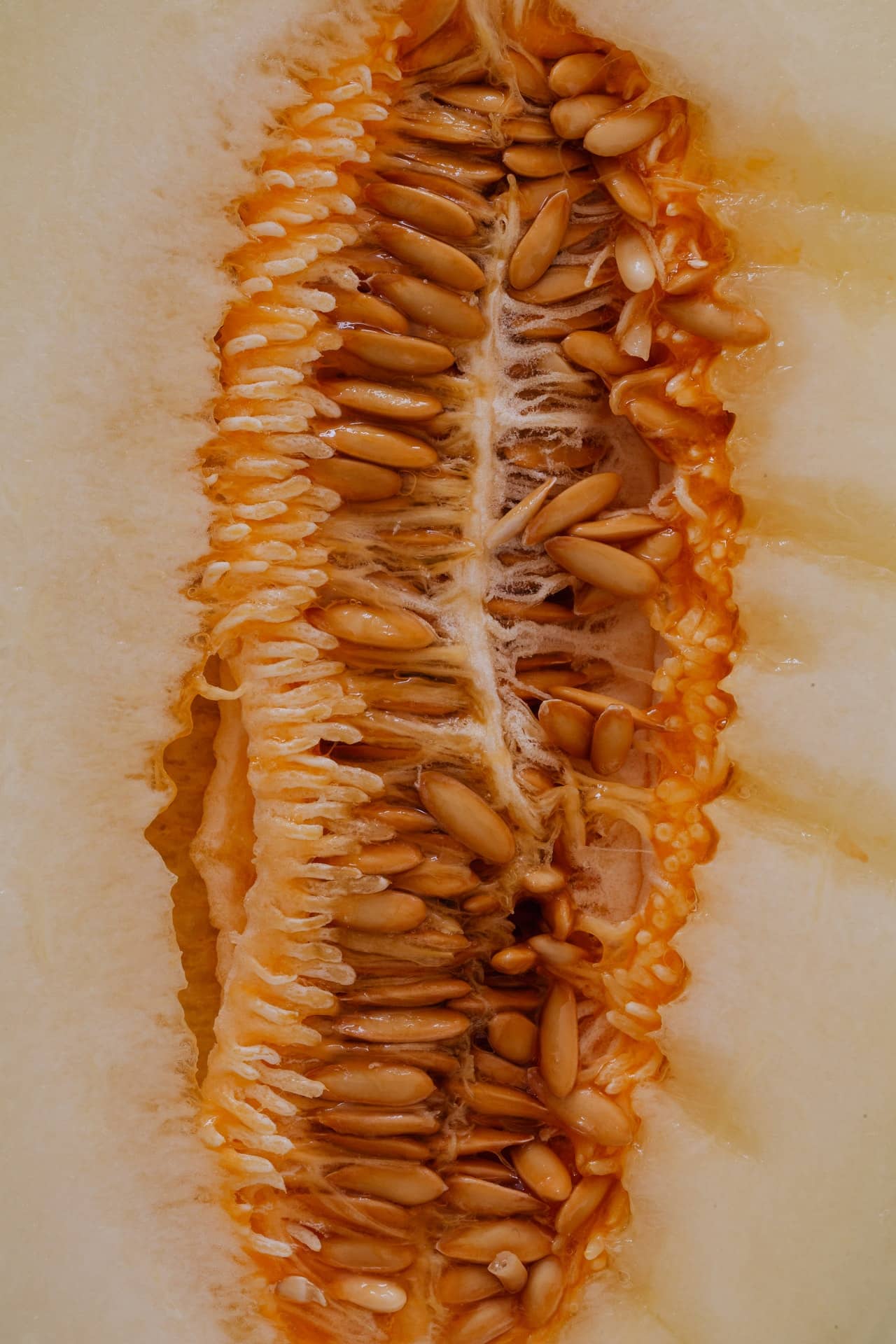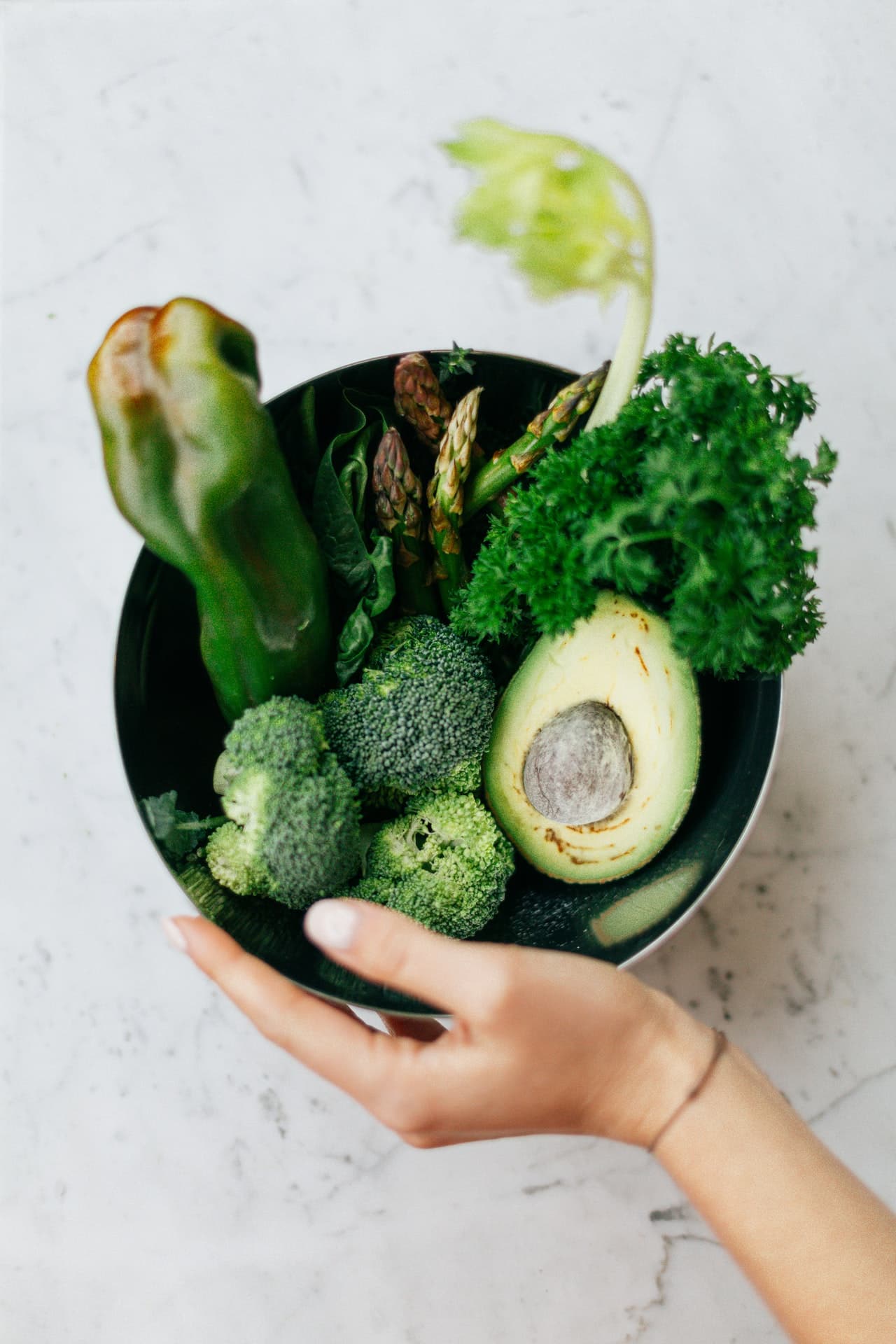We love food photography as a niche for aspiring photographers because it’s a style that virtually anyone can start practicing with limited barriers to entry. If you have access to food then you can become a food photographer.
Of course, having said that, as with most styles of photography, if you want to excel in your career there are a few key steps that you’ll want to take. Let’s review.
While you don’t technically need any formal education to become a food photographer, when you’re first looking to start your career in this field, we highly recommend spending time studying the work of other successful food photographers.
Not only can this give you insight into the style of photography you’ll be shooting, but it also provides you with creative ideas for how you can style your own food photography.
In addition, as with any style of photography, if you have the time and resources available, you will likely find that you benefit from some type of formal photography training, whether that be a full college program or a photography course that can provide you with more insight into proper photography techniques.
While it might seem early to start shooting at this stage in your career, we always recommend aspiring photographers start practicing their craft as early on in their career as possible. It will take you time to learn your style and develop photos that you feel are worthy of your portfolio (more on portfolios below), so the earlier you get started, the better.
When you start shooting, here are some things will you’ll want to pay attention to:
If you simply place a plate of food on a table and take a picture, this won’t get you very far as a food photographer.
Food photography is all about being creative with your composition. Shoot from different angles, try different food pairings, play with different colors, and don’t be afraid to use different backdrops. The more you experiment with your composition, the more likely it is that you’ll come out with unique shots that help develop your style.
Don’t forget about the use of props when composing your photos.
If you’ve taken the time to study photography, you’ve likely noticed that props are often used. Food photography relies heavily on styling. By investing in small props in these early stages, over time, you’ll slowly build up a collection of props to help you in the future.
As with any style of photography, lighting is always one of the top considerations of a photographer.
As a food photographer, natural lighting is usually one of your best options, but you can also try experimenting with diffusers, reflectors, and softboxes.
If you want to learn more about lighting in food photography, you’ll find more information in this food photography guide.
Now that you’ve started shooting some photos, you’ll want to start gathering your best work to share in your portfolio.
Your portfolio is your digital resume that shows off your best work to potential clients, so it is absolutely key to put together a professional portfolio.
We recommend sharing your portfolio digitally on a website so that you’re always able to quickly and easily share with potential clients. In addition, digital copies of your work make it easy to incorporate branding, contact information, and even informative blog posts into one convenient hub.
If you’re looking for more information on building a professional portfolio that stands out and helps you get jobs, this guide on creating a food photography portfolio is here for you.
If you feel that this step should come earlier in your journey, we want to caution you against investing in equipment too early in your career.
While having all the top equipment might seem important now, it’s very easy to overspend when you’re just starting out.
Take some time to take pictures with the equipment you already have, and start investing as your style develops and it becomes clearer what you need as a food photographer.
When you’re just starting out as a food photographer, your only requirement is to take pictures and build your portfolio.
Your portfolio is so key because it is what will help you during this outreach phase. Your portfolio is what potential clients will look at in order to determine whether you are the right photographer for the job.
While jobs might seem slow in the beginning, start by reaching out to local restaurants, food bloggers, and even friends and family if that is available to you. Offer your services for free or at a discounted rate in order to get some professional experience under your belt.
The more outreach you do in the beginning, the more jobs you will likely obtain in the future. As you work at this, more high-paying, professional jobs will come your way. Just be sure you always provide the highest-quality work and top-notch customer service regardless of what you’re being paid. Reviews and word-of-mouth recommendations are essential at this early stage.
For more information on how to get started as a food photographer, check out this in-depth guide.
